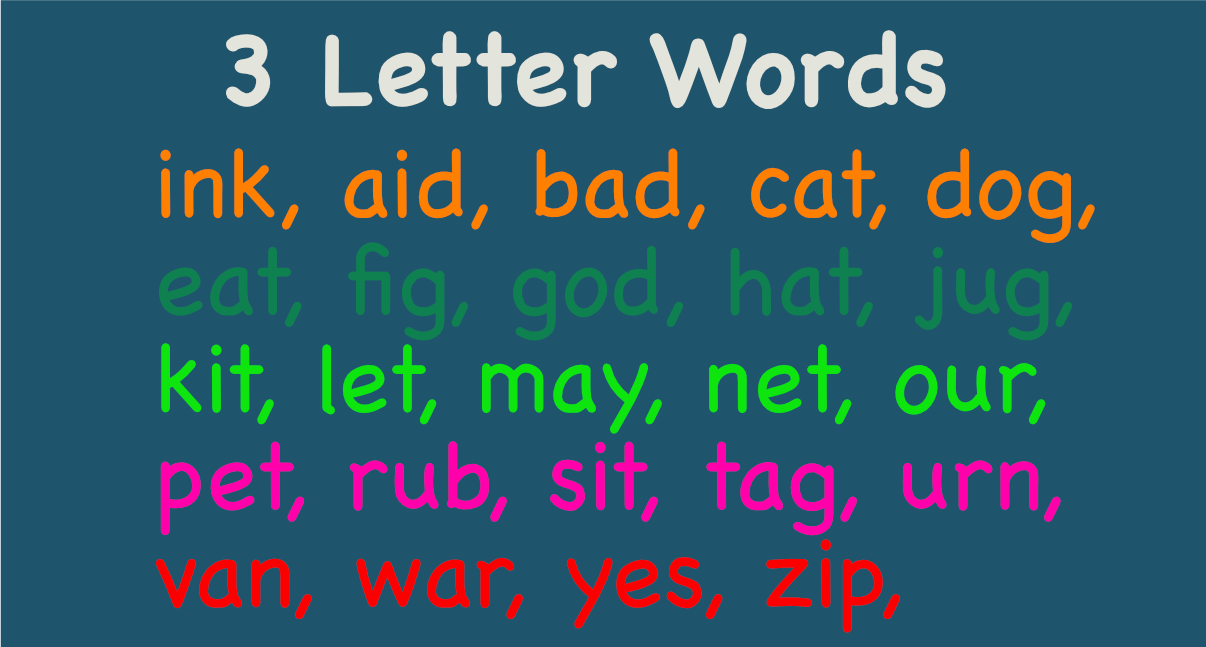
Color recognition is a critical milestone in child development. This skill improves a child’s language skills, vision, and communication skills.
Contents
- 1 The Importance of Color Recognition in Child Development
- 2 Learning Colors Is A Developmental Milestone
- 3 It Helps Children Communicate
- 4 It Improves Their Vision
- 5 It Improves Their Language Skills
- 6 It Helps Them Understand Emotions
- 7 Emotional Development
- 8 It Improves Their Math Skills
- 9 Final Thoughts
The Importance of Color Recognition in Child Development
Learning to name and recognize colors is a great way to encourage your child’s growth and development. Learn about color recognition in stages. Stage 3: At this stage, your child can answer the question, “What color is this block?” by using expressive language. When you learn a language, you have an internal Rolodex.
Learning Colors Is A Developmental Milestone
Learning colors is one of the first steps to recognizing and classifying objects. Children learn colors at different speeds. Some children can recognize colors by pointing and identifying them, and others can associate color names with certain objects. Regardless of your child’s ability, it is important to reinforce the learning process with a steady stream of repetitions.
At around one year of age, children begin to become aware of different colors and shades of colors. They may start picking up the blue block over the others, or they may separate different colors into categories.
Children should continue to be exposed to colors through the preschool years. They should also be encouraged to recognize different shades of the same color.
Learning colors varies between children, but most children can identify and name one or two colors by age three. By the age of four, children should recognize multiple colors and begin to understand their relative sizes.
Those children who do not learn to recognize colors may need to be tested for colorblindness. Parents should make sure to follow the recommendations of their pediatrician to help their child avoid being affected by color blindness.
Learning colors can be taught through books, such as the “Happy Baby” series, or through scavenger hunts. Children will benefit from these books by seeing the colors on the pages, and they will also become familiar with the written words of colors.
It Helps Children Communicate
Color recognition is an important skill that children need to develop early on. It helps them identify objects around them and group them into groups based on their color. It also helps them distinguish between different objects and separate their descriptions.
This can help them communicate more effectively, which is important for future communication. A great way to introduce colors to your child is by having them point at things and name them.
The concept of color is very important to children, as they are constantly absorbing new information. For example, the moon, grass, and different colors are fascinating to them.
In addition to the colors themselves, colors are used to label objects, people, and animals. Children often have trouble distinguishing between colors and confuse two similar hues. By age four, they usually know at least one color.
Colour recognition is also essential for developing language skills. By learning the name of each color, children can learn to describe objects better.
It also helps strengthen children’s mathematical skills. They can sort, categorize, and compare objects. It is also a key milestone in their cognitive development. Children can express their ideas in more creative ways once they learn to identify different colours.
As they grow older, they begin to make sense of their environment through colors. In doing so, they can build vocabulary and become more effective communicators. In addition, learning colors helps introduce them to basic math skills.
It Improves Their Vision
Color recognition is an important aspect of child development. It stimulates the visual senses and the brain, which helps the child develop intelligence. Young children respond to bright and warm colors. Elementary students and junior high students like lighter colors like yellow, orange, red, and green. Adults tend to prefer darker colors.
Color recognition is a great tool for communication. Even though children are not able to talk until they are four or five years old, they are able to express their thoughts and feelings through the colors they see. Moreover, colors help children explore their inner creativity and imagination. They also enhance their motor and cognitive skills.
In addition, colour recognition helps children develop essential learning skills throughout their life. They can categorise, compare, and organise. Learning about the different colors will also help them use them creatively. In turn, this will help them learn how to communicate. If you want to learn how to teach your child to recognize and use colors, you can create fun scavenger hunts.
In general, it is recommended that kids learn multiple colors by age four. However, it is not a good idea to push your child to learn more colors than they can manage. Some children learn colors faster, while others require more time and help. Nevertheless, children who are able to recognize two or three colors are on the right developmental track.
It Improves Their Language Skills
Color recognition is an essential skill for a child’s early development. It helps children recognize visual hues, which are important for language and creative writing. It also helps to increase a child’s vocabulary. It can be difficult to describe an object without mentioning its colour. Therefore, knowing colours can help develop a child’s language skills and vocabulary beyond the curriculum.
RELATED: Child Development Language Milestones
When a child is learning to identify colors, it may appear that they know more colors than they actually do. This is because children often associate a color with a noun object. It can be helpful to present your child with different colors in different situations to teach them to differentiate between objects.
For example, a parent can present a child with a square of green, and this can help them recognize it as a green ball.
The learning process is different for every child. Some children are quick to learn color words, while others will take more time. Regardless of your child’s age, it’s essential to teach him or her the names of colors and their relationship to them.
By age three, most children have already mastered one or more colors. By the age of four, they should be able to identify several colors by pointing to them.
Using colors to communicate with children strengthens their language skills and math skills. Moreover, it helps a child categorize, organize, and compare objects. Identifying colors early in a child’s development helps the child form a cognitive link between the visual clues and the words they hear. In addition, children love bright and primary colors.
It Helps Them Understand Emotions
A new study examines the impact of color recognition on children’s emotional understanding. The study examined children from 7 to 8 years of age and assessed whether children can identify the emotions evoked by different colors.
The study used a five-point Likert scale to assess the intensity of children’s reactions to various colors. The emotion-specific responses were grouped into basic and complex categories. Overall, the study found that color recognition improved children’s ability to express various emotions.
Color recognition can be reinformed by appropriate developmental and learning activities. Resources for such initiatives can include a digital activity and a guided questioning session that helps children recognise color.
Emotional Development
Children can also learn to recognize emotions through play. For example, they can play board games, emoji card games, and matching games to help them better understand their emotions.
While it can be challenging for young children to express their emotions, understanding these feelings can be beneficial for their self-regulation.
Children who can identify their own emotions will be able to regulate their own responses to intense emotions, which will help them cope with difficult situations. However, children still need support from adults when it comes to these issues.
Children can be taught to regulate their emotions with the help of visual and tactile cues. Color recognition also teaches kids how to identify triggers and develop problem-solving strategies. Moreover, children will learn to use color recognition as a means to regulate their emotions in a variety of social settings.
It Improves Their Math Skills
Color recognition is an important skill for developing a child’s mathematical intelligence. Research has shown that children who learn about colors, shapes, and patterns have better math skills later in life.
Color recognition can also help your child develop problem-solving skills, increase their memory, and improve reasoning. By providing your child with coloring pages, you can open up a world of color and shape recognition for your child. These skills will help your child excel in all academic areas.
Color recognition can also help your child develop language and science skills. Young children are just beginning to learn about the environment and recognize objects.
They are identifying shades of different objects, distinguishing human faces, and distinguishing colors in clothing. By learning to identify and name colors, your child will be able to describe objects with more accuracy and specificity.
Learning to recognize color can help your child develop their spatial reasoning and language skills. It also helps them understand shapes, lines, and proportion. When they learn to recognize color, they will be able to organize their world by making connections with the colors in their surroundings. They will also begin to develop their social skills, such as cooperation.
Final Thoughts
Learning to recognize color is a crucial skill for children to develop as they learn other basic skills. This foundation is necessary in the journey of each child through their educational career. Children learn best when they are interested in something. For example, if your child loves dinosaurs, you can introduce them to the fundamentals of math while they are playing.



